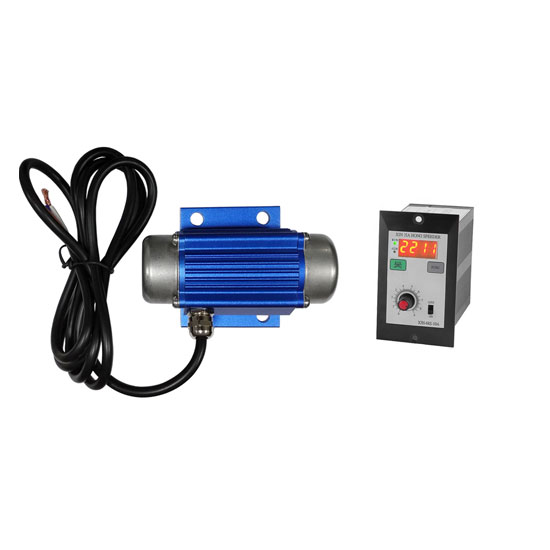The vibration motor manufacturer believes that the foot fracture of the vibration motor is mainly caused by improper installation and improper use.
Improper installation of the vibration motor: When installing the vibration motor, it is not carefully checked whether the direct contact between the ground and the installation steel plate is flat, and at the same time, pay attention to the inspection of the bottom surface of the vibration motor to ensure that there is no debris on the bottom surface. However, vibration motor installers do not pay attention to these details during the actual installation.
Improper use of the vibration motor: When the DC vibration motor was used for the first time, the bolts were not re-tightened every other shift, and then tightened every two or three weeks to avoid the vibration motor loosening the bolts during use.

The difference between copper wire and aluminum wire
First of all, compared with copper, the resistivity of aluminum is relatively high, the resistivity of copper wire is 0.017, and the resistivity of aluminum wire is 0.028. The cross-section ratio of copper wire and aluminum wire interchange is 0.79:1, and six square copper wires are equivalent to ten square aluminum wires. The diameter of the aluminum wire is thicker than that of the copper wire, and the same stator slot aluminum wire will not fit. The amount of current passing per unit area is also different. The copper wire can pass 5-8A current per square millimeter, and the aluminum wire is much less, about 3-5A. Aluminum wire vibration motor has large stator loss, low motor efficiency and high temperature, resulting in energy waste and infringing on the interests of consumers. Only when the cross-sectional area of the wire is increased, the stator slot shape is enlarged, and the length of the iron core is increased, the production efficiency of the aluminum wire motor can be comparable to that of the copper wire motor.
